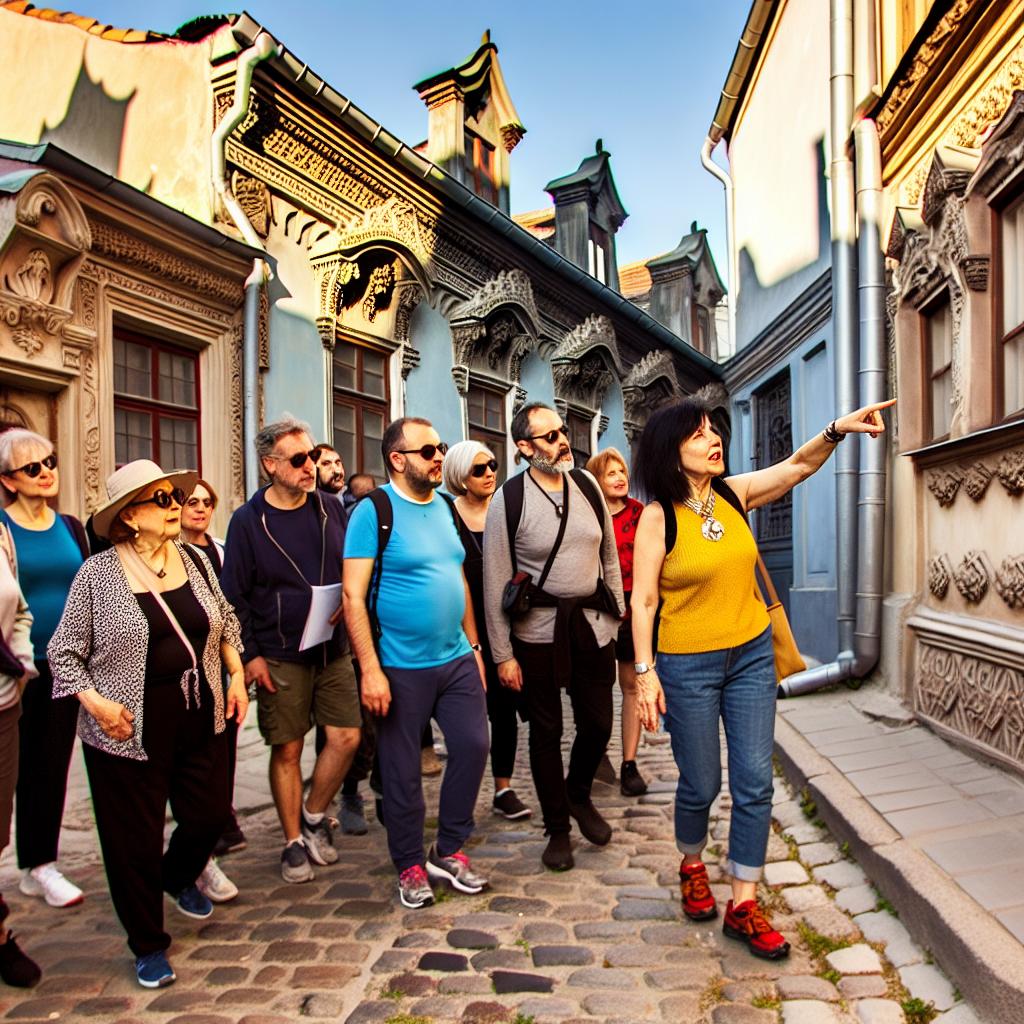Exploring Historic Neighborhoods: A Guide for Nature Enthusiasts
Walking tours have gained popularity as a means to immerse oneself in the intricate tapestry of historic neighborhoods. They provide a unique opportunity to experience the convergence of history, architecture, and the natural environment. Delving into these neighborhoods can deepen one’s appreciation of both the chronicles of human history and the natural world.
The Significance of Historic Neighborhoods
Historic neighborhoods serve as living museums, embodying well-preserved architecture, tales of former residents, and integration with the local environment. These areas hold considerable cultural significance and often establish a profound relationship with nearby wildlife and natural landscapes.
Architecture and Nature
In many historic neighborhoods, architecture reveals an intimate relationship with nature. The utilization of local materials in construction during various historical periods often created a harmonious blend between human-made structures and their natural surroundings. This fusion not only reflects historical building practices but also provides insight into human adaptations to the environment over time. Visitors will find that the use of timber from nearby forests or stone from local quarries not only enhanced the aesthetic appeal but also served practical purposes such as temperature regulation.
Urban Ecology
Historic neighborhoods frequently provide a window into urban ecology. The presence of mature trees, expansive gardens, and parks plays a pivotal role in sustaining local ecosystems. Such environments often host diverse flora and fauna, including native bird species and small mammals, contributing to a balanced ecosystem. For nature enthusiasts, these settings can deliver valuable insights into the mutual influence of urban development and nature.
Guided Walking Tours: What to Expect
Opting for a guided walking tour offers much more than mere physical exercise. These tours, typically helmed by knowledgeable guides, encompass detailed narratives about the area, greatly enhancing the educational experience. Walking tours present an opportunity to gain context not readily available through individual exploration.
Professional Guides
Professional guides lend expertise on architectural styles and historical contexts, emphasizing the significance of natural features within neighborhoods. They may elucidate the influence of historical events on the current natural settings, cultivating a comprehensive understanding of the area. For those keen on exploring deeper connections between history and nature, these insights can be particularly enlightening. Guides might point out how a particular tree species, now a common fixture in the neighborhood, was introduced for specific purposes by early settlers.
Self-Guided Tours
Self-guided tours represent an excellent option for those who favor autonomy. Many historic neighborhoods offer self-guided tours providing maps or apps with detailed information about key sites. This approach allows individuals to explore at their own pace, particularly beneficial for nature enthusiasts wishing to linger and observe local wildlife. It’s a flexible option whereby a visitor can choose to spend more time at a park learning about the ecological impact of urban trees or admiring the intricacies of a historic building.
Resources and Recommendations
Prior research is indispensable for anyone keen on engaging in a walking tour. A multitude of websites offer information about available tours, encompassing aspects such as schedules, pricing, and starting points. It is prudent to select tours that accentuate both historical and natural aspects of neighborhoods.
Online Resources
For comprehensive insights, local tourism websites or historical societies are valuable resources. Organizations such as local tourism boards and historical societies often provide useful starting points for organizing a walking tour. These platforms may also furnish insights on the best seasons to visit and any special events that showcase the neighborhood’s history and natural beauty.
Preparation and Considerations
Preparation is key for a successful walking tour. Comfortable footwear is a must, as is packing essentials like water and a camera. Weather conditions should be monitored, and those with an interest in wildlife may benefit from touring during times when wildlife is most active, such as early morning or late afternoon.
As you embark upon your exploration, maintain an awareness of the symbiotic relationship between history and nature inherent in these neighborhoods. Walking tours transform neighborhoods into open-air museums, where each step unveils stories woven into the urban and natural landscape. From learning about the particularities of architectural styles to observing historical rituals reflected in the present-day natural environment, each detail offers a glimpse into the neighborhood’s rich heritage.
While navigating these historic areas, take time to observe the vibrant community of plants and animals that call these neighborhoods home. The persistent presence of ancient trees, resilient through centuries, speaks volumes about the longstanding interplay between the built environment and the ecosystem. Gardens and parks, often relics of bygone eras, currently serve as oasis-like habitats in bustling urban settings. These walks offer a practical, educational, and immersive experience for nature lovers who wish to appreciate how human history has unfolded alongside, and indeed because of, its natural surroundings.
Lastly, it’s important to support the preservation efforts that maintain the historical and ecological richness of these neighborhoods. Engage with local conservation initiatives to help sustain the delicate balance and ensure these urban greenspaces continue to thrive and teach future generations about the important synergy between history and nature.









